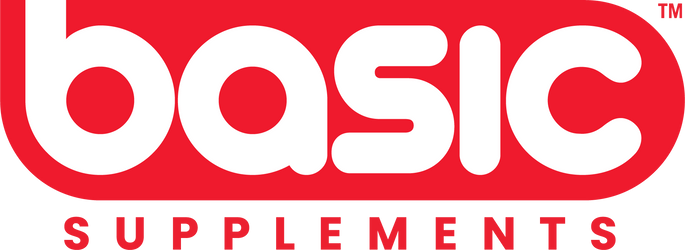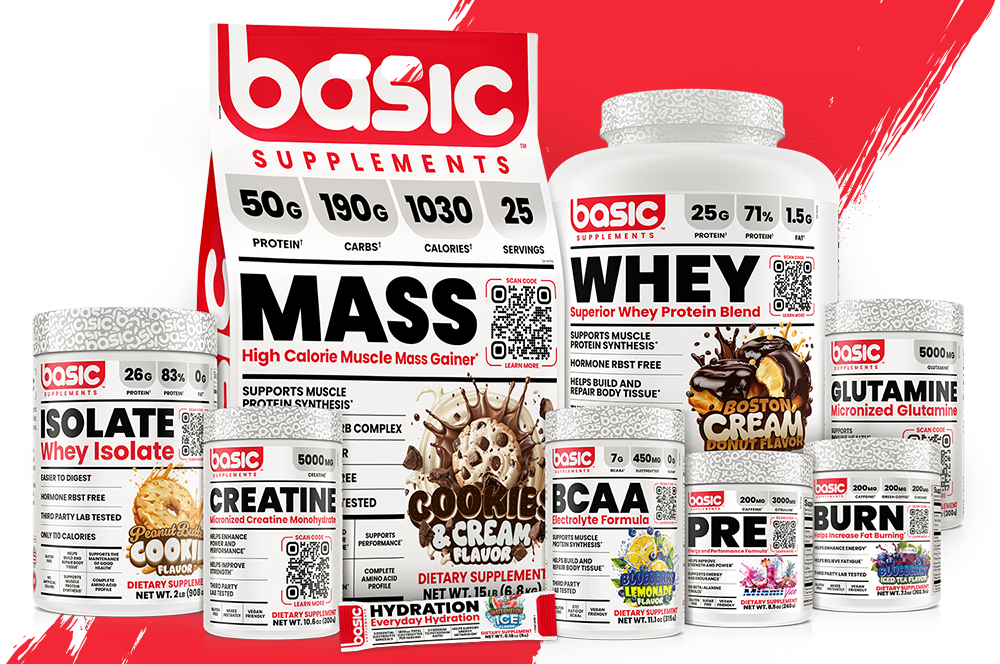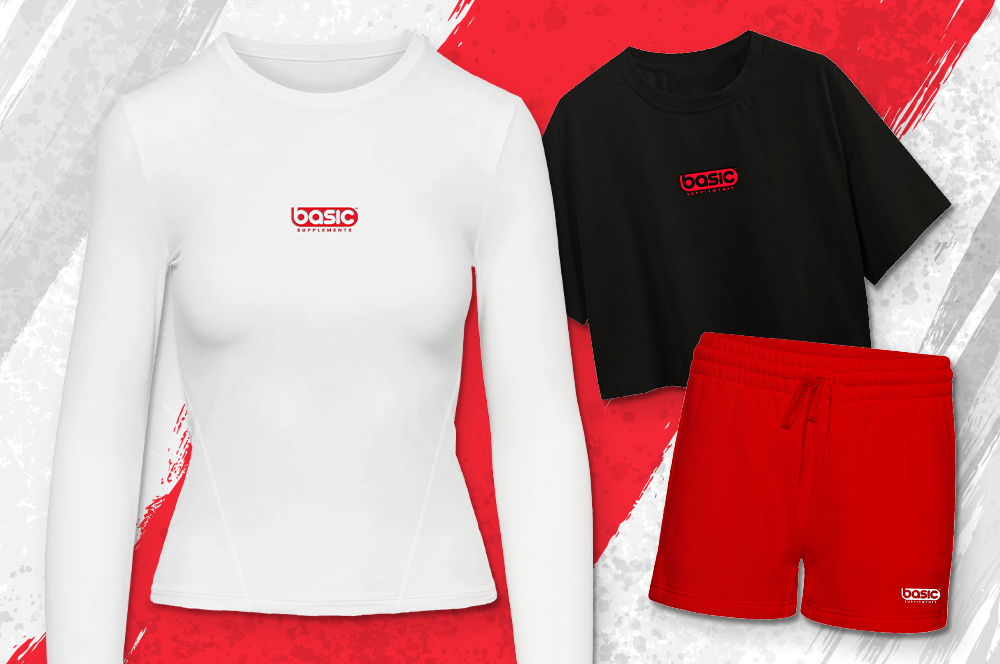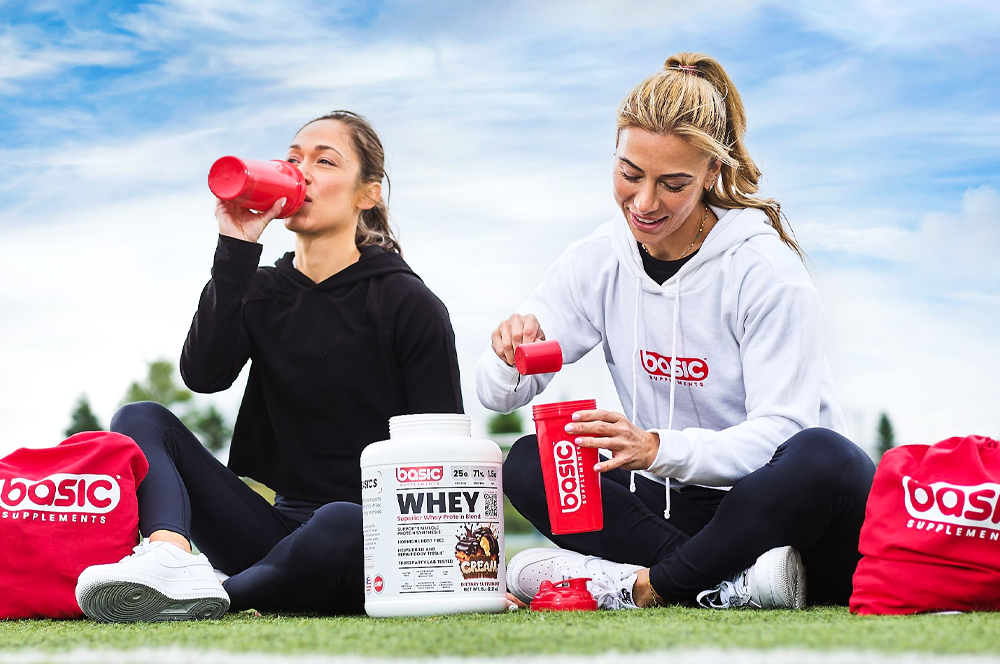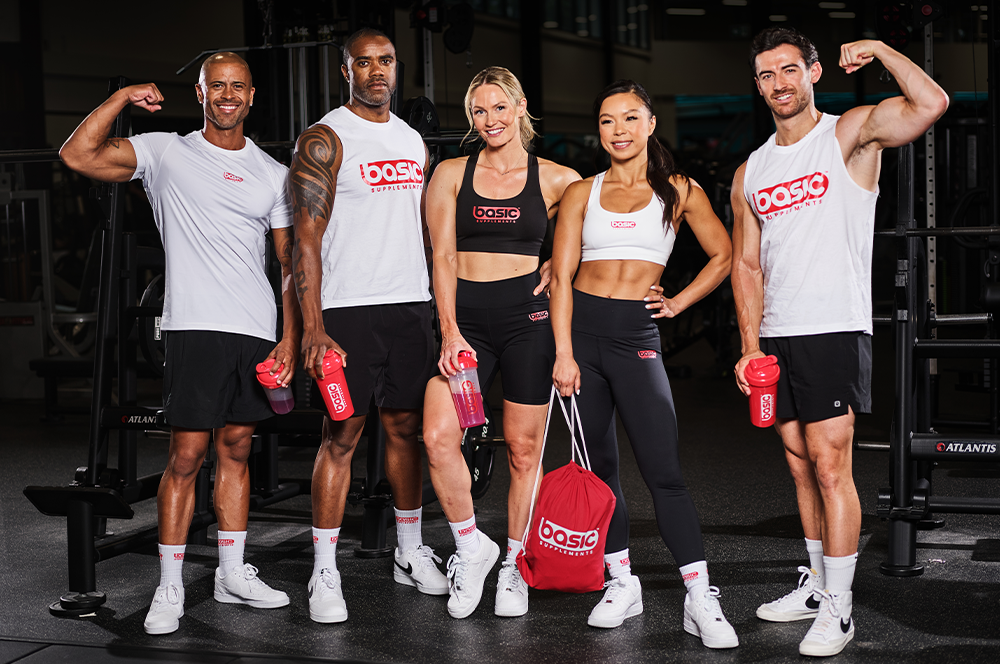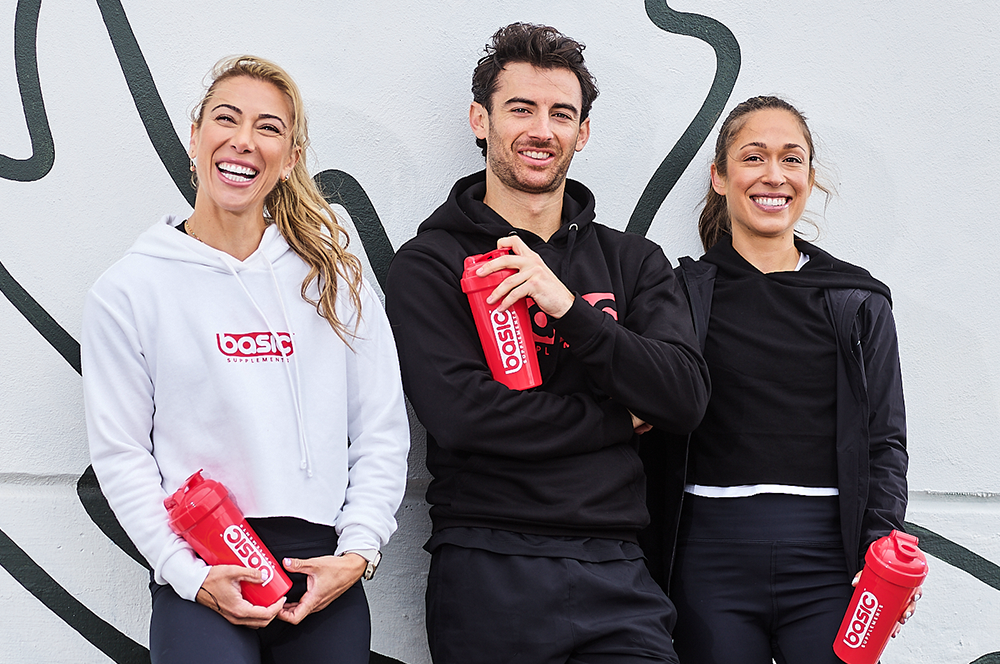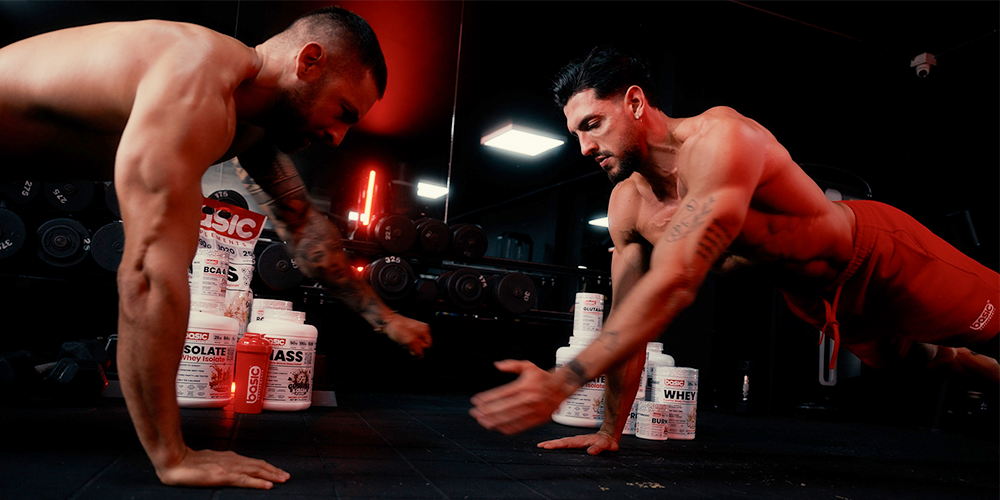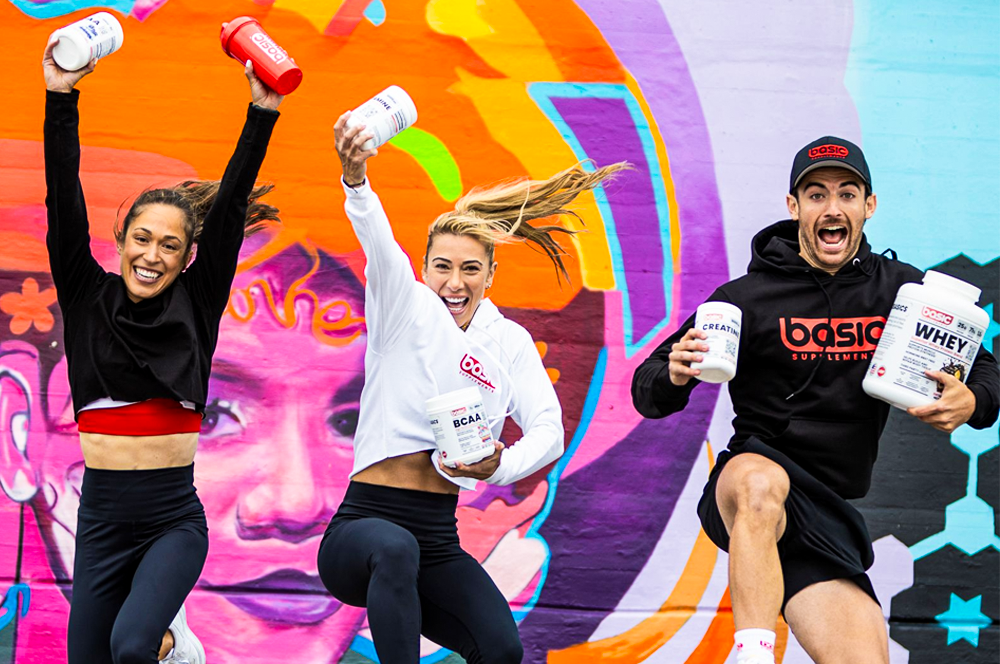Setting realistic fitness goals is essential for staying motivated and tracking your progress. Without clear, achievable goals, it’s easy to lose focus or become discouraged when results don’t come as quickly as expected. Establishing SMART (Specific, Measurable, Achievable, Relevant, Time-bound) goals ensures that you stay on track and make consistent progress toward your fitness objectives.
How to Set SMART Fitness Goals:
-
Specific: Be clear about what you want to achieve. Instead of saying, "I want to get fit," specify whether you want to build muscle, lose fat, or increase endurance. For example, "I want to be able to deadlift 200 pounds" is a specific goal.
-
Measurable: Make sure your goal is quantifiable. Being able to measure progress—whether through weight lifted, miles run, or body fat percentage—helps keep you motivated. For example, "I want to lose 10 pounds, or do 10 unassisted pullups" are measurable goals.
-
Achievable: Your goal should be challenging but realistic. If you’re new to fitness, aiming to lose 50 pounds in two months is not an achievable goal. Instead, set smaller goals that you can achieve and build upon.
-
Relevant: Make sure your goal aligns with your overall lifestyle and long-term objectives. For example, if you’re focused on building strength, setting a goal to run a marathon may not be relevant.
-
Time-bound: Set a deadline for achieving your goal. This creates urgency and helps you stay focused. For example, "I want to lose 5 pounds in the next six weeks" is a time-bound goal.
Supplement Sidebar: BASIC Creatine
If your goal is to increase muscle strength and size, Basic Creatine is a powerful supplement to help you achieve your fitness targets faster. Creatine enhances ATP production, allowing you to lift heavier weights and perform more intense workouts, which leads to greater strength gains over time.
-
Benefits: Increases strength, improves workout performance, and supports muscle growth.
-
Recommended Use: Mix one scoop with water post-workout or take daily to maintain muscle saturation.
Tracking Your Progress for Continued Motivation:
Once you’ve set your goals, it’s important to track your progress regularly. This not only keeps you motivated but also allows you to see how far you’ve come and make any necessary adjustments to your routine.
-
Workout Logs: Keep track of your workouts, including sets, reps, and weights. Over time, you’ll notice patterns and can make adjustments to keep progressing.
-
Progress Photos: Taking photos every 2–4 weeks allows you to visually track your progress, which can be incredibly motivating, especially when the changes are subtle.
-
Measurements: In addition to weight, track other metrics such as body measurements, strength levels, and performance improvements.
When you set realistic goals and monitor your progress, you’ll feel empowered to keep going, even when challenges arise.

